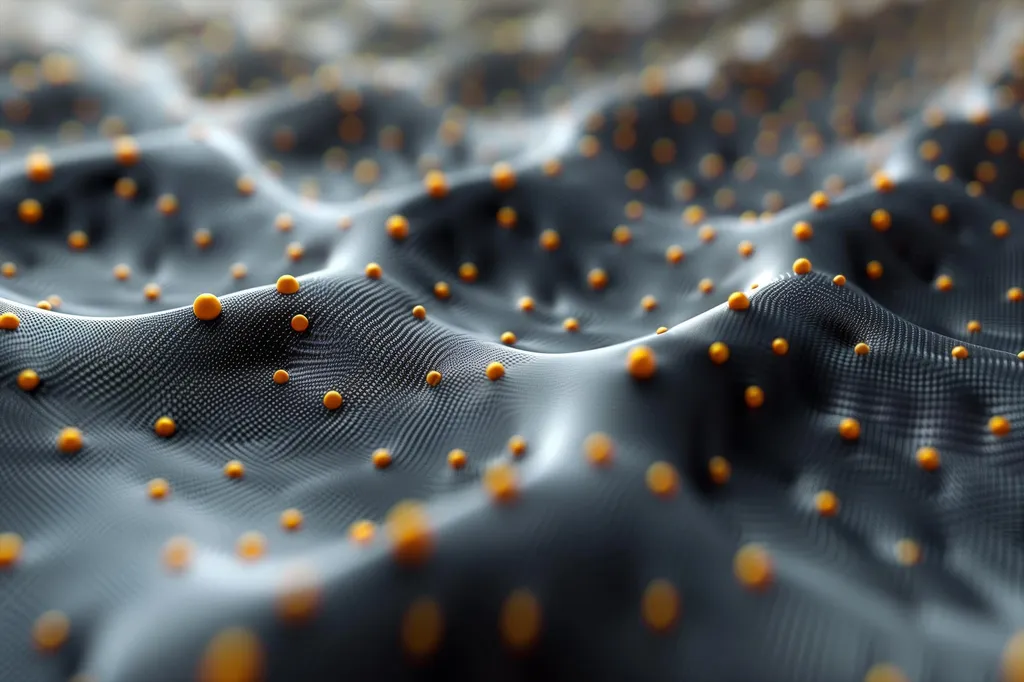In the quest to optimize carbon capture technologies, a recent study published in the *International Journal of Green Energy and Environment* has shed light on the pivotal role of impeller design in enhancing CO2 absorption. Led by Abdul Raouf Tajik from the Division of Fluid Dynamics at Chalmers University of Technology and the Southwest Research Institute, the research delves into the performances of various impellers in promoting CO2 capture through carbonation in different alkaline absorbents.
The study, conducted in a lab-scale reactor, compared the effectiveness of radial flow impellers like the Rushton turbine and Parabolic, against axial flow impellers such as the Pitch Blade Down-pumping (PBD) and Pitch Blade Up-pumping (PBU). The findings reveal that the Rushton turbine, while highly effective in industrial by-product-derived solutions like green liquor dregs and black liquor, comes at a significant energy cost. “The Rushton turbine showed superior effectiveness in solutions derived from industrial by-products, but its high energy demand is a critical factor to consider,” Tajik noted.
However, the story takes an interesting turn when it comes to ethanol–NaOH mixtures. Here, the carbonation process leads to an increase in viscosity, and the PBD impeller demonstrates superior efficiency. For instance, in aqueous green liquor dregs at 400 rpm, down-pumping operation achieved a pH of 8.5 with a 13% improved performance at 25% w/v, while the up-pumping mode showed a 23% advantage at 5% w/v. Additionally, power number reductions of up to 70% were observed with PBD compared to the Rushton impeller.
The study also highlights the unique adaptability of the pitch blade impeller, which can switch between down-pumping and up-pumping modes, offering distinct advantages at various stages of carbonation. “The pitch blade’s ability to switch modes provides a flexible solution that can be tailored to the specific needs of the carbonation process,” Tajik explained.
The research underscores the importance of analyzing the optimal impeller design for enhancing CO2 absorption efficiently, considering operational factors and the inherent variations in the process. This is particularly relevant for designing large-scale reactors, where energy efficiency and performance are paramount.
The findings not only contribute to the scientific understanding of gas–liquid mixing and carbonation process optimization but also have significant commercial implications for the energy sector. As industries strive to reduce their carbon footprint and meet sustainability goals, the insights from this study could pave the way for more efficient and cost-effective carbon capture technologies.
The study’s integration of numerical simulations to link impeller performances to mixing and vortical structures of the flow inside the reactor adds a layer of depth to the research. This approach provides a comprehensive understanding of the underlying mechanisms, which is crucial for the development of advanced carbon capture technologies.
In conclusion, the research led by Tajik offers valuable insights into the role of impeller design in optimizing carbon capture processes. As the energy sector continues to evolve, the findings from this study could shape future developments in carbon capture, utilization, and storage (CCUS), ultimately contributing to a more sustainable and energy-efficient future.

